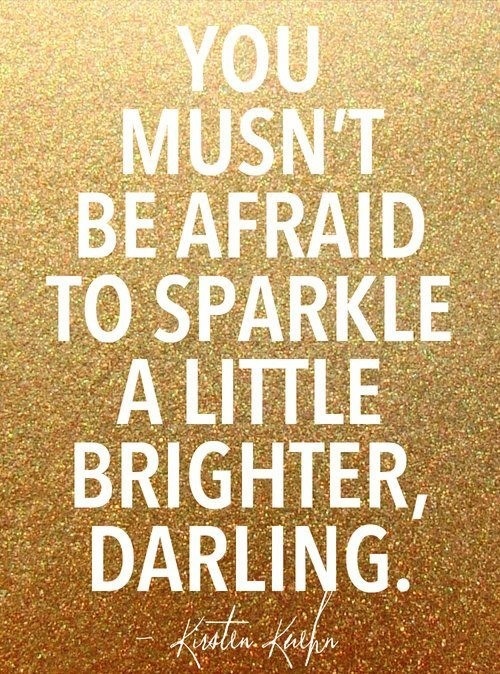Elaborately decorated model arched harp: the underside of the soundbox, which is in the shape of a ladle, is rounded and finely carved. It ends in a human head, turned slightly to the left, with lengthy wig and double crown.

The Adungu Harp of Uganda is strikingly similar to an example of a surviving ancient Egyptian arched harp preserved in the British Museum this ancient Egyptian harp is made of wood, inlaid with bone and faience.
A detailed discussion on the Adungu Harp of Uganda – almost identical to the ancient Egyptian Arched harp of the Old Kingdom, followed by a spontaneous improvisation on the Adungu, on an ancient Egyptian scale, as deciphered by the late Prof. Hans Hickmann of the Museum in Cairo…
From the tomb of Thauenany, Western Thebes,
The Tombs of the Nobles, New Kingdom, XVIII Dynasty, 1534-1296 B.C.
Below is a Arched wooded harp, a type of instrument which was played by both male and female musicians. From Thebes, New Kingdom, about 1550-1070 BC.
britishmuseum.org/whats_on/exhibitions/ancient_lives,_new_discoveries
britishmuseum.org/research/collection_online/collection_object_details
Thanks for Sharing!
For all details on the amazing instruments of the ancient world still being played in Africa today, please see the detailed “Historical Research” section of my website: www.ancientlyre.com
The adungu, also called the ekidongo or ennenga, is a stringed musical instrument of the Alur people of northwestern Uganda. It is an arched harp of varying dimensions, ranging from seven to ten strings or more.
Thanks for sharing!
Alur Adungu (harp) ensemble using a diatonic tuning. Song title unknown. Performed by Naguru Dakiri Ber Nebbi Community Cultural Group and recorded by Wade Patterson, Glendon Jones, Chris Zimmerman and Okello Kelo Sam outside of Kampala in late 1994.
Ancient Egyptian Man Playing The Harp

Arched Harp (shoulder harp)
Egyptian arched harps from Dynasty 4 onward coexisted with a great variety of harps in different shapes and sizes. Two harp types were most common—the arched harp with a curved neck, like this one, and the angled harp with a neck sharply perpendicular to the body.

This type of portable, boat-shaped arched harp was a favorite during the New Kingdom and is shown in the hands of processional female musicians performing alone or in ensembles with singers, wind instruments, sistrums, and rattles. Prior to the Middle Kingdom, depictions of harpists feature men as the chief musicians. Harps and other instruments were used for praise singing and entertainment at ritual, court, and military events.
Period: New Kingdom
Dynasty: Dynasty 18, late
Date: ca. 1390–1295 B.C.
Geography: From Egypt, Africa
Medium: Wood
Thanks for Sharing!
The Adungu is a traditional African instrument.
I really love their ancient hairstyles. Beautiful wigs, braids & curls. -Sola

–Wiki
Instruments of community: lyres, harps and society in ancient
African Map Of The Nile River
The Nile River begins at the equator and ends at the Mediterranean Sea. The Nile flows through Egypt, Sudan, Uganda, Ethiopia, Zaire/ Democratic Republic of Congo, the Sahara Desert, Kenya, Tanzania, Eritrea, Burundi and Rwanda.
The Nile River is often associated with Egypt. Of its entire length, however, only 22 percent is in the country of Egypt. The entire length of the river stretches about 4,160 miles from the beginning to the end. The Nile River has two tributaries. The White Nile starts at Lake Victoria, and the Blue Nile starts at Lake Tana. The two tributaries merge in Sudan.
–Where does the Nile River begin and end?
Zande bow harp from Southern Sudan

web.prm.ox.ac.uk/southernsudan/details
Bow harp Democratic Republic of the Congo
Musical instruments and other utilitarian and prestige objects were made and exchanged among the Azande and Mangbetu kingdoms of the northeastern Congo region. At court entertainments, itinerant minstrels and retainers played gracefully curved bow harps to accompany their stories, poems, and songs. This harp, with four tuning pegs to tighten the strings (now lost) to the leather sounding box, has a sculptured head that suggests an Azande origin.
mfa.org/collections/object/bow-harp
Musician Detail of the chapel of the tomb of Akhethétep (around 2400 BC) Louvre The museelouvre launches a new campaign call for donations to restore this masterpiece of ancient Egypt.

–tousmecenes.fr
Oruto Harp / Lyre / Guitar from Kenya
This Oruto guitar will have you strumming a new sound! Created from carved gourd and wood, it will bring Kenya’s music to your instrument collection.
The orutu is a traditional instrument luo, belonging to the family of chordophones arc.
–claudiobaglioni.forumcommunity
English Translation:
Features:
It is present at some Luo ethnic groups that inhabit the regions between the southern Sudan, northern Uganda, the eastern Democratic Republic of Congo, northern Tanzania and Kenya.
The music at the Luo peoples, plays an important role in everyday life and is expressed through special instruments such as orutu, the nyatiti and oporo.

Oduor Nyagweno is a legendary Nyatiti player now living in Nairobi, Kenya. His career spans over 55 years and he has played all over the world, in Europe, Japan, the US an, of course, Kenya.
In this case, it is a sort of violin monotonous very simple, formed by a hollow cylindrical timber body covered with leather, in which is inserted laterally another smaller wooden tube, that serves as a handle. The only rope is attached to the end of the handle and passes over a bridge placed over the soundboard in the skin, then fasten the opposite end.
It sounds exactly like a classical violin, holding it in front of your body at the abdomen, or even placed in the leg when playing seated, rubbing the rope with a thin headband, also made of wood, which is a first inumettata special rubber resin.
Despite being a traditional instrument, it is also played by modern musical groups, such as Kenge Kenge playing the kind benga.
–claudiobaglioni.forumcommunity
The Begena is an Eritrean and Ethiopian
string instrument with ten strings belonging to the family of the lyre.

A begena stylist in the common playing position.
Known as the instrument of noblemen, monks and the upper class and performed by both men and women, the begena was used primarily as an accompaniment during meditation and prayer.
Eritrean harp
John dropped into Guitar Gallery looking for strings for an Eritrean harp he was building. He brought it back to play for us when he got it finished.

Tanzania‘s litungu musical instrument


–www.tanzaniaheritageproject.org
There are also similar Harps / lyre called Kora in West Africa in areas like Nigeria, Mali, Guinea, Senegal, Gambia, Guinea-Bissau & Burkina Faso.

The sound of a Kora resembles that of a harp, though when played in the traditional style, it bears a closer resemblance to flamenco and delta blues guitar techniques. The player uses only the thumb and index finger of both hands to pluck the strings in polyrhythmic patterns (using the remaining fingers to secure the instrument by holding the hand posts on either side of the strings). Ostinato riffs (“Kumbengo”) and improvised solo runs (“Birimintingo”) are played at the same time by skilled players.
Hand made harp for sale?

Kora players have traditionally come from griot families (also from the Mandinka nationalities) who are traditional historians, genealogists and storytellers who pass their skills on to their descendants. The instrument is played in Guinea, Guinea-Bissau, Mali, Senegal, Burkina Faso and the Gambia. A traditional kora player is called a Jali, similar to a ‘bard’ or oral historian. Most West African musicians prefer the term ‘jali’ to ‘griot’, which is the French word.
Thanks for sharing!
The guitar’s roots go way back to 15th-century Malaga in Spain. Its engineering was pioneered by a Spanish black man, who gave just four strings or ‘courses’ to his guitar. Thereafter, the instrument went through the Baroque and Classical periods before evolving into the six-stringed, modern-day guitar.
–Where did the guitar originate and why is it called so? – Times of India
Thank you Times of India!
Merci!
English Translation:
Here is a very recent video Ballake Sissoko.dans the show “The music box” on France 2.
The great master gives us a glimpse of his talent …
Ballaké Sissoko expresses his emotions with virtuosity and generosity that make him one of the greatest ambassadors of the Mandingo kora …
Modern Egyptians try to recreate the music of the pharaohs

English Translation:
The project is the responsibility of the Helwan University in Cairo three years ago already has an ancient music course, which seeks to show how the songs were part of everyday Egyptian life.
Musicians in Ancient Egypt
Some instruments resembled harps “We have evidence that there was music in every aspect of Egyptian life, in all social classes,” said Nureldin.
“Men, women and children could be musicians. There are many records of people playing blindfolded to improve the technique. ”
The archaeologist said that there were religious songs, nationalist, military or depicting everyday situations.
They were played on string instruments, wind and percussion.
“We produce some tools, but still do not know for sure the sounds they have, if they are being touched in the same way they were for millennia,” says Nureldin.
“We believe that the songs have been transmitted by oral tradition, but the idea that we might discover musical notations can not be ruled out.”
“After all this was people who created the first letters and writing,” said the archaeologist.
Malian musician Toumani Diabate playing the Kora in New Delhi.
Спасибо!
English Translation:
The famous Malian musician Toumani Diabate gave a concert at the Delhi Nehru Park. Winner of three Grammy Awards played a few songs on African virtuoso lyre, called bark.


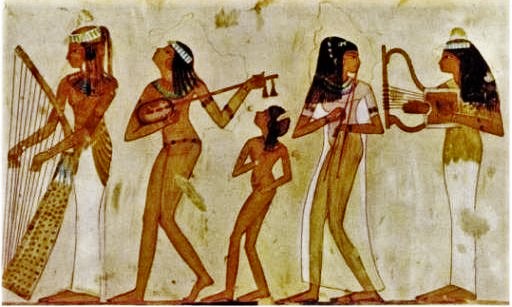
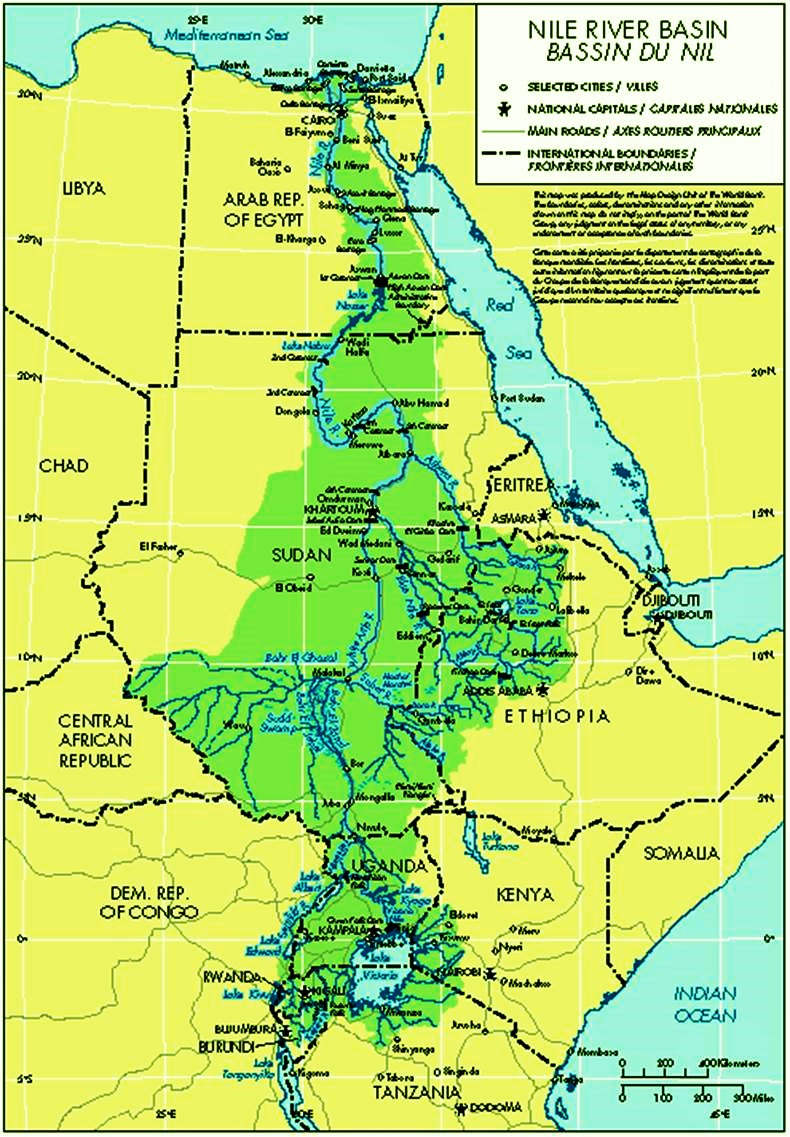
































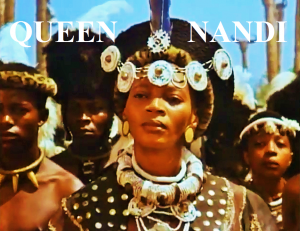


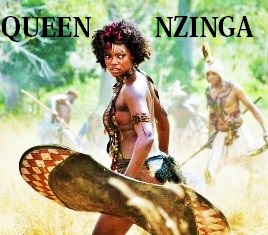




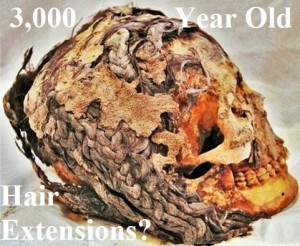

























 Take care of your body, it's the only
Take care of your body, it's the only





































